Can China hold the world to ransom over access to rare-earth metals?
China’s stranglehold on rare-earth minerals – resources essential for our modern high-tech world – has some analysts worried. Should we be too?
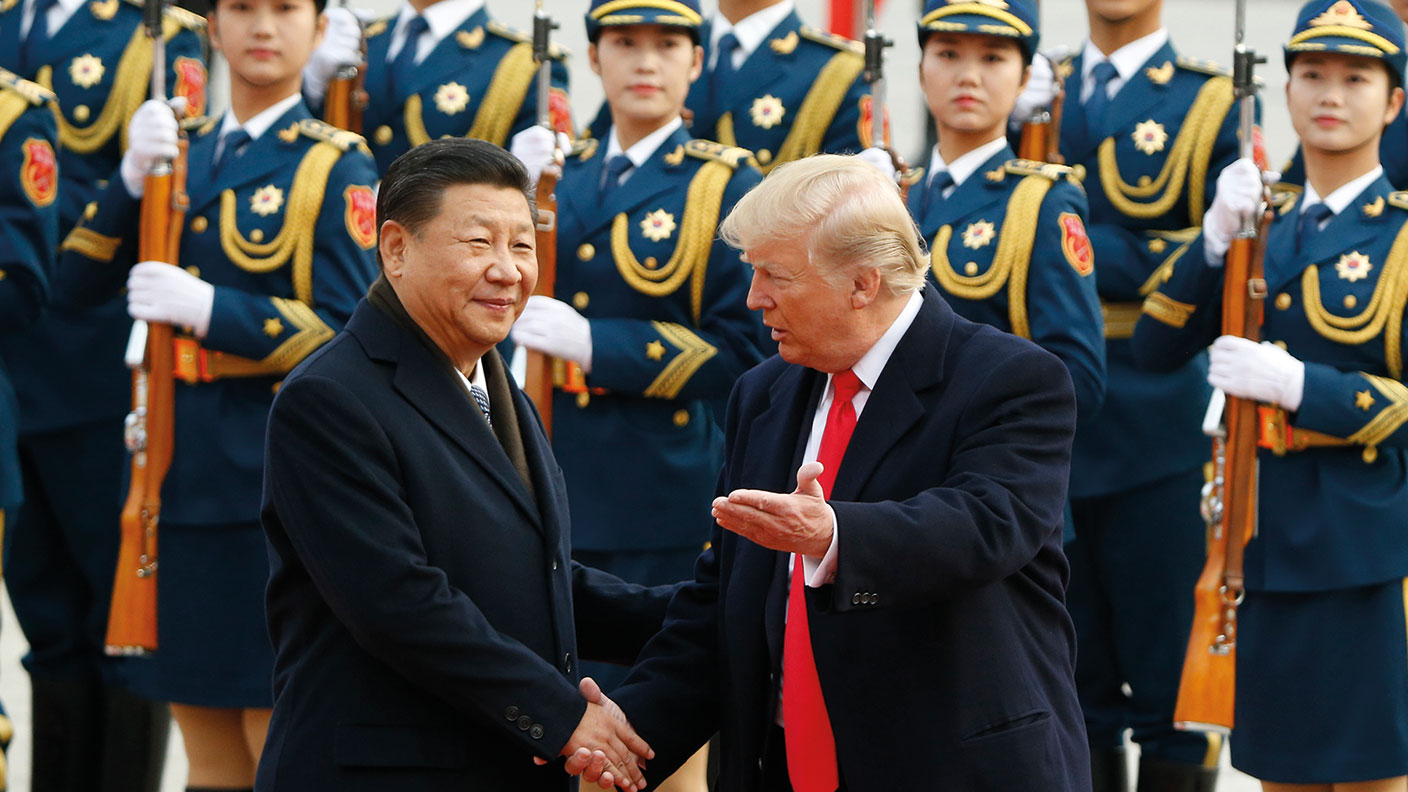
What’s happened?
Fears are growing that China’s current high-level review of its rare-earths policy could presage export restrictions that will wreck the supply chains for strategically crucial sectors including electric vehicles and renewable energy. China currently produces about 70% of rare-earth elements globally, and has used its dominance in the past as geopolitical and economic leverage. Citing anonymous sources close to China’s review, Bloomberg reports that Beijing could ban the export of rare-earths refining technology to countries or companies it deems as a threat. And although China has no imminent plans to restrict shipments to the US, it is keeping that option in its “back pocket” if Sino-US relations deteriorate further, the source said. A source quoted by the Financial Times similarly said that China is considering restrictions on the export of rare-earth minerals that are crucial to the manufacture of US F-35 fighter jets and other weaponry.
What exactly are rare earths?
They are the 15 metallic lanthanide elements on the periodic table, plus two other closely related elements, scandium and yttrium – and they are an integral part of modern life, crucial to several high-tech sectors. Despite the name, almost all of the 17 rare-earth elements are actually pretty plentiful in the earth’s crust. Sixteen of the elements are more abundant than gold. And one of them, cerium, is the 25th most abundant element on the planet. However, they tend to be widely dispersed, and their geochemical properties make them hard, environmentally damaging and expensive to mine and process, producing large quantities of toxic wastewater and radioactive residues. For that reason, there are very few places in the world where it has proved practical and profitable to mine them. Hence the name “rare”.
What are their uses?
They’re used in high-tech equipment in crucial sectors including electric vehicles and wind energy, consumer electronics, defence and oil refining. For example, powerfully magnetic rare earths such as neodymium, terbium and dysprosium are used as magnets in electric-vehicle motors. Hybrid car batteries also use the rare earth lanthanum. Magnetic resonance imaging (MRI) scanners in hospitals use the rare earth gadolinium. Apple iPhones contain rare earth elements and they are crucial components in solar cells and lasers. Britain has high hopes of becoming a renewables superpower in the coming decades. But each of its vast Dogger Bank wind turbines will rely on tonnes of rare-earth elements.
MoneyWeek
Subscribe to MoneyWeek today and get your first six magazine issues absolutely FREE

Sign up to Money Morning
Don't miss the latest investment and personal finances news, market analysis, plus money-saving tips with our free twice-daily newsletter
Don't miss the latest investment and personal finances news, market analysis, plus money-saving tips with our free twice-daily newsletter
Why is China so dominant?
In part, geology: China has an estimated 40% of global reserves, concentrated in the sparsely populated northern province of Inner Mongolia. But crucially, in recent decades China has also had a far greater tolerance for the environmental damage inflicted by their extraction. It overtook the US as the world’s biggest producer of rare earths in the 1990, and has never looked back. It has also converted its control of the raw materials into dominance of the valuable next steps: turning oxides into metals and metals into products. In 1992 Deng Xiaoping quipped that “the Middle East has oil, China has rare earths”. But as The Economist points out, China’s position three decades on is “as if the Middle East not only sat on most of the world’s oil but also, almost exclusively, refined it and then made products out of it”.
And China has exploited this dominance?
In 2019, at the height of Donald Trump’s trade war with China, Beijing threatened to cut off supply of rare earths. And in 2010 it did create a genuine global supply crisis – and massive price rises – when it cut export quotas to punish Japan over a territorial dispute in the South China Sea, and help domestic manufacturers. However, their “cunning plan was eventually foiled by a combination of market forces and global trade rules”, says Alan Beattie in the FT. Higher global prices made it profitable to open mothballed mines in Australia, California and elsewhere. Smuggling undermined the export controls. And a WTO case brought by the US ruled against China, which largely complied with the decision. Since 2010, China’s proportion of rare-earths production has fallen from 95% to around 75%. However, a big slice of the difference is accounted for by just one player – the Japanese-backed Australian firm Lynas, which owns the Mount Weld mine in Western Australia and a vast processing plant in Malaysia.
But there’s no real need to worry?
Some commentators think the West has learned the right lessons from the 2010 scare. When Arab countries used their dominance of oil exports to push up the price of crude in the 1970s, says David Fickling on Bloomberg Opinion, the “outcome was not a permanent Gulf stranglehold on energy but a rush to diversify”. The same is happening with rare earths. They are important, yes, but political restrictions on exports will only cause major importers to reconfigure their supply chains to be more resilient – and would ultimately prove self-defeating for a Chinese economy that is far more globally integrated than it once was.
What’s the counter-view?
The strategic and security implications mean that the West cannot afford to be sanguine, however, say James Conway and Peter Ackerman in the FT. While “oil is a global industry, minerals processing and electric vehicle component manufacturing is almost exclusively Chinese”. If left unchecked, this dominance will become a “strategic vulnerability” for the US and Europe, especially if they are to hit climate policy goals. “We risk a scenario in which we swap our dependence on a chaotic oil market dominated by Opec countries that do not share our strategic goals, for a reliance on China for our future transportation needs.” A critical mineral supply chain that is less dependent on China is a matter of national security.
Get the latest financial news, insights and expert analysis from our award-winning MoneyWeek team, to help you understand what really matters when it comes to your finances.
Simon Wilson’s first career was in book publishing, as an economics editor at Routledge, and as a publisher of non-fiction at Random House, specialising in popular business and management books. While there, he published Customers.com, a bestselling classic of the early days of e-commerce, and The Money or Your Life: Reuniting Work and Joy, an inspirational book that helped inspire its publisher towards a post-corporate, portfolio life.
Since 2001, he has been a writer for MoneyWeek, a financial copywriter, and a long-time contributing editor at The Week. Simon also works as an actor and corporate trainer; current and past clients include investment banks, the Bank of England, the UK government, several Magic Circle law firms and all of the Big Four accountancy firms. He has a degree in languages (German and Spanish) and social and political sciences from the University of Cambridge.
-
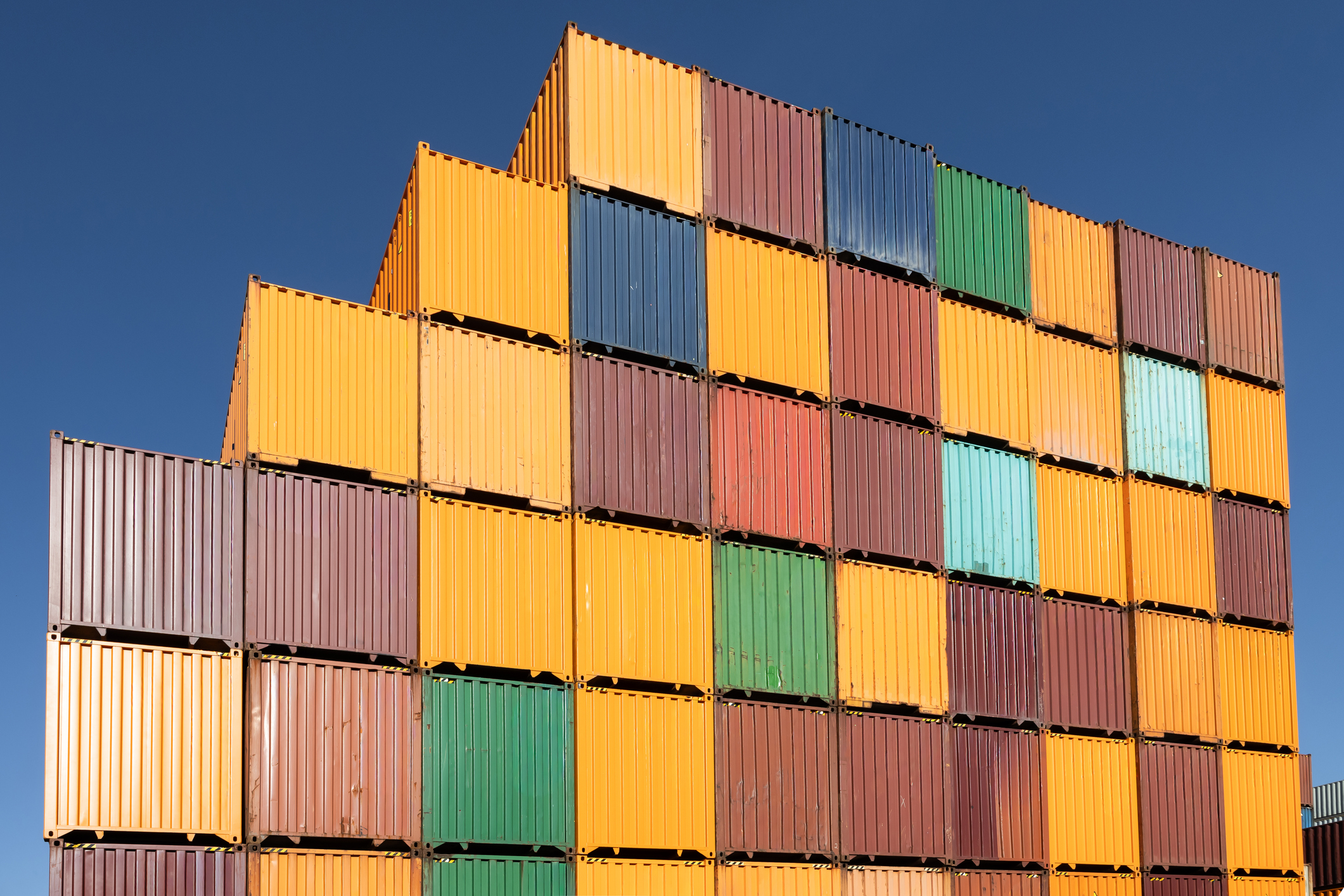 Goodwin: A superlative British manufacturer to buy now
Goodwin: A superlative British manufacturer to buy nowVeteran engineering group Goodwin has created a new profit engine. But following its tremendous run, can investors still afford the shares?
-
 Is US stock market exceptionalism over?
Is US stock market exceptionalism over?US stocks trailed the rest of the world in 2025. Is this a sign that a long-overdue shift is underway?
-
 Goodwin: A superlative British manufacturer to buy now
Goodwin: A superlative British manufacturer to buy nowVeteran engineering group Goodwin has created a new profit engine. But following its tremendous run, can investors still afford the shares?
-
 A change in leadership: Is US stock market exceptionalism over?
A change in leadership: Is US stock market exceptionalism over?US stocks trailed the rest of the world in 2025. Is this a sign that a long-overdue shift is underway?
-
 A reckoning is coming for unnecessary investment trusts
A reckoning is coming for unnecessary investment trustsInvestment trusts that don’t use their structural advantages will find it increasingly hard to survive, says Rupert Hargreaves
-
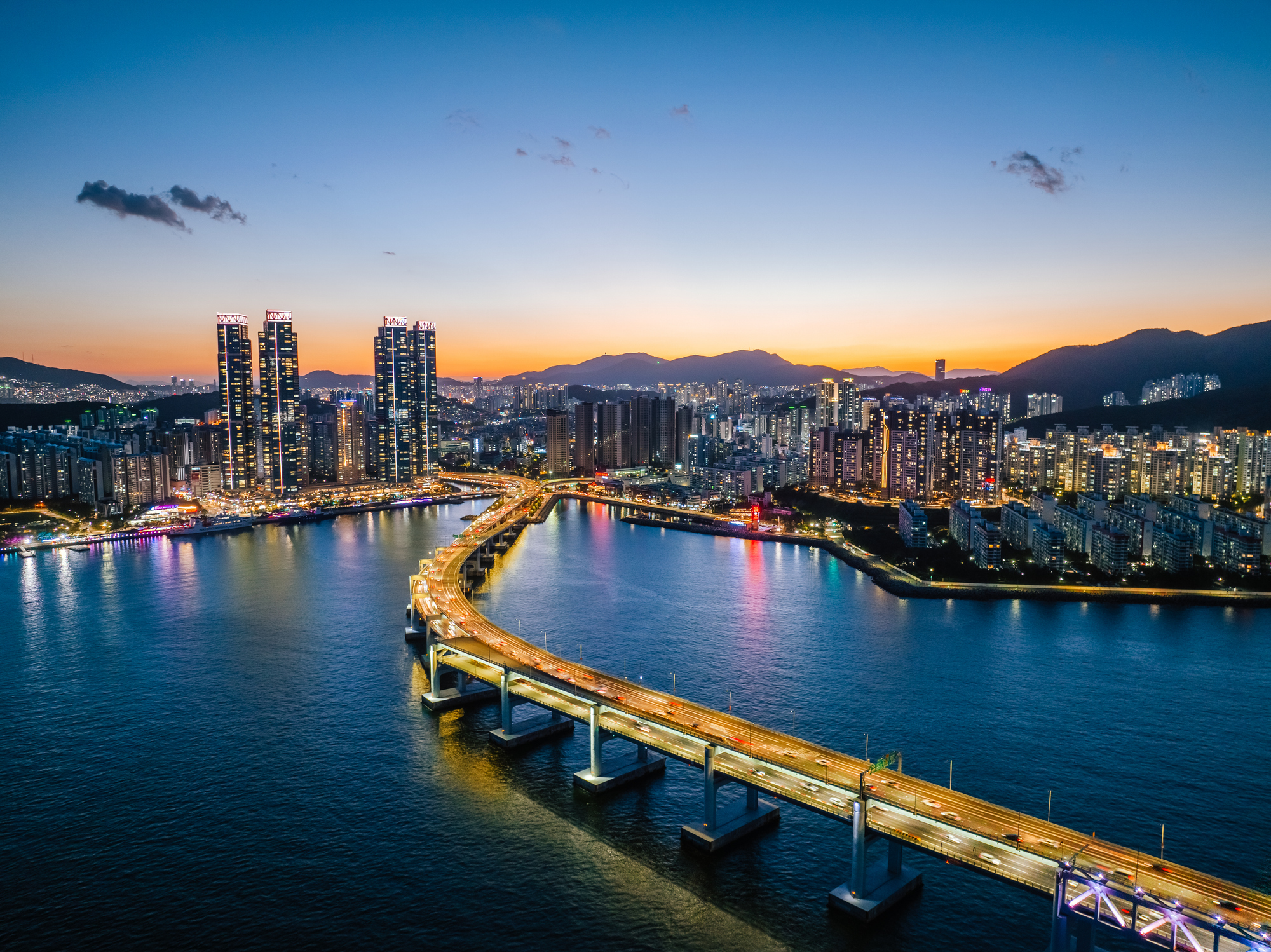 Metals and AI power emerging markets
Metals and AI power emerging marketsThis year’s big emerging market winners have tended to offer exposure to one of 2025’s two winning trends – AI-focused tech and the global metals rally
-
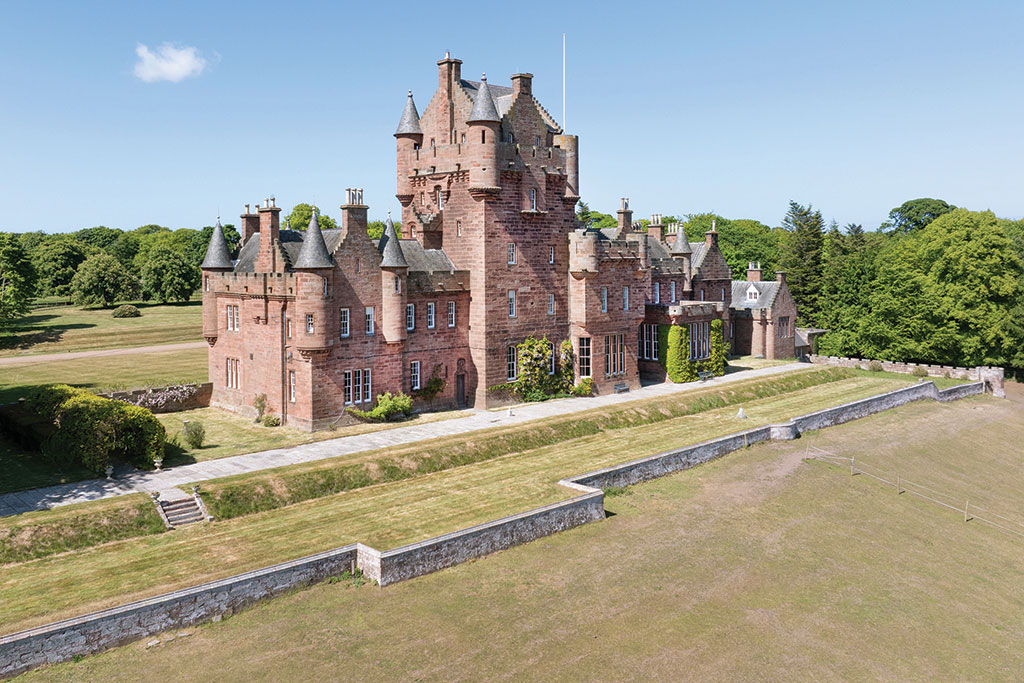 8 of the best houses for sale with beautiful fireplaces
8 of the best houses for sale with beautiful fireplacesThe best houses for sale with beautiful fireplaces – from a 15th-century cottage in Kent to a 17th-century palazzo in Oxfordshire
-
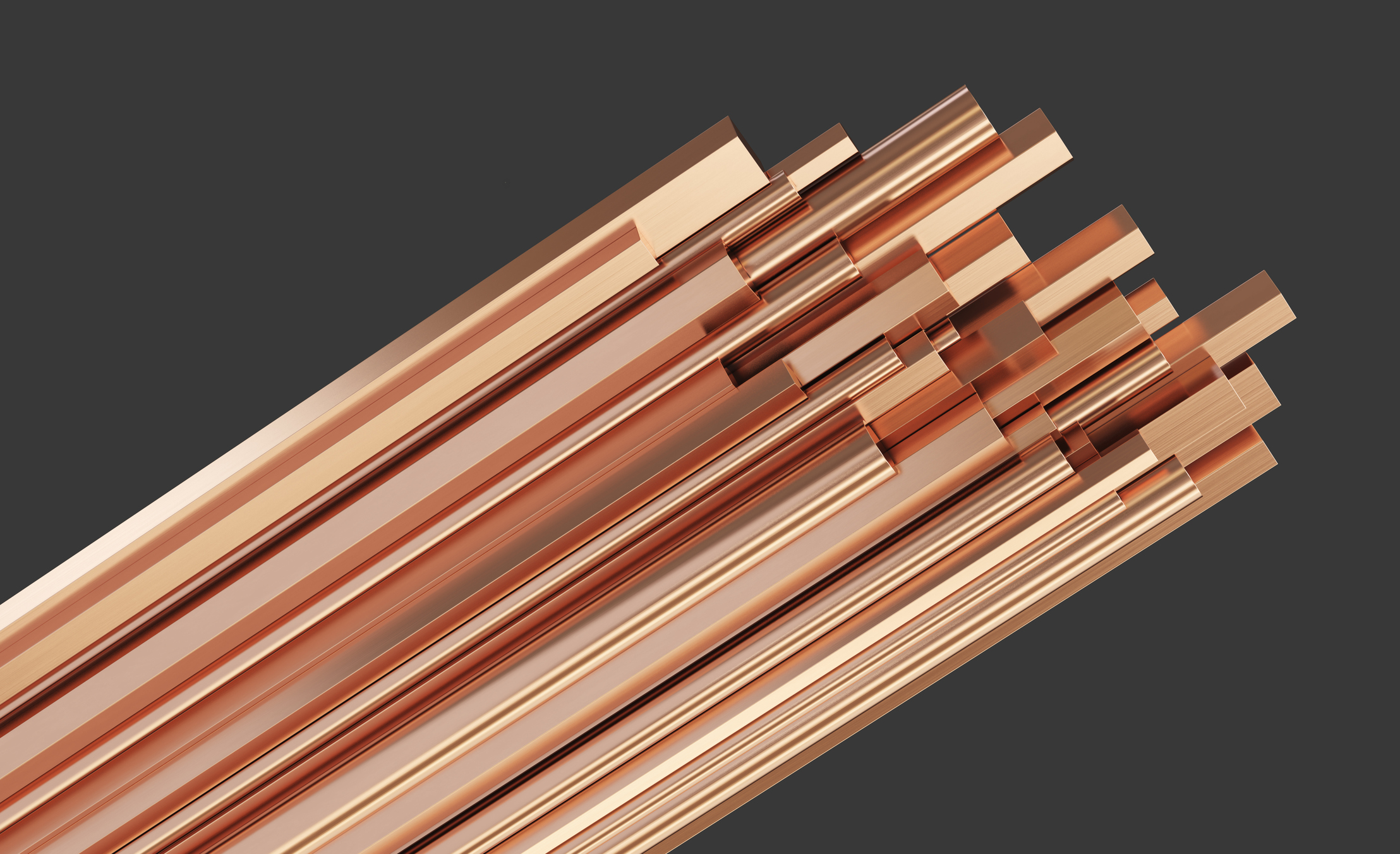 King Copper’s reign will continue – here's why
King Copper’s reign will continue – here's whyFor all the talk of copper shortage, the metal is actually in surplus globally this year and should be next year, too
-
 Luana Lopes Lara: The ballerina who made a billion from prediction markets
Luana Lopes Lara: The ballerina who made a billion from prediction marketsLuana Lopes Lara trained at the Bolshoi, but hung up her ballet shoes when she had the idea of setting up a business in the prediction markets. That paid off
-
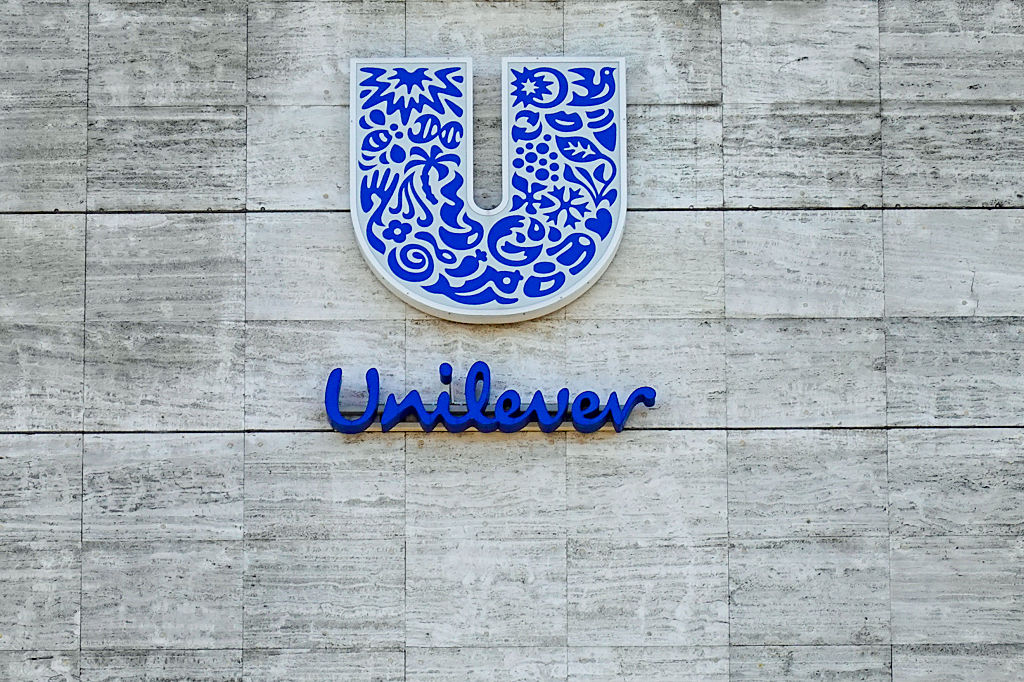 British blue chips offer investors reliable income and growth
British blue chips offer investors reliable income and growthOpinion Ben Russon, portfolio manager and co-head UK equities, ClearBridge Investments, highlights three British blue chips where he'd put his money